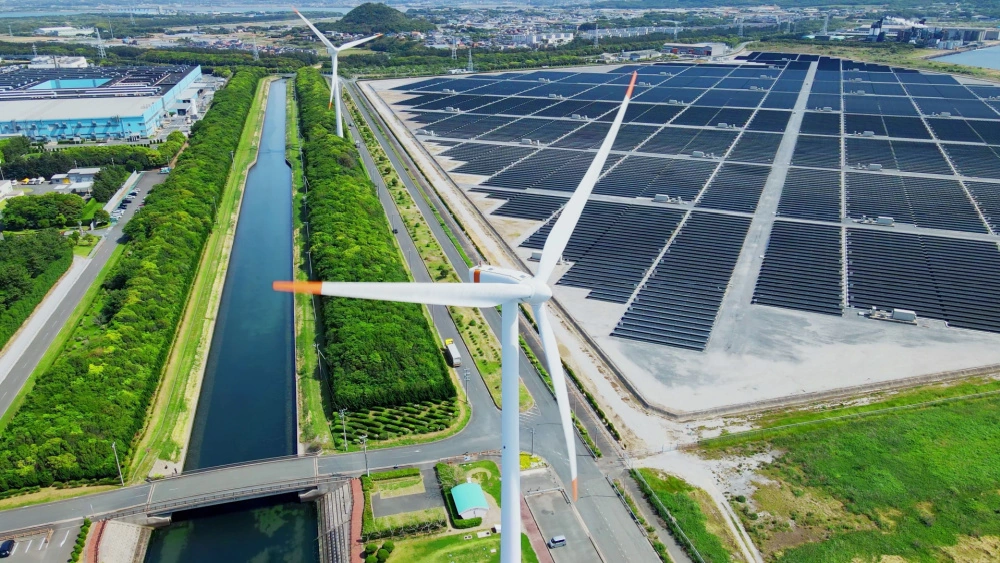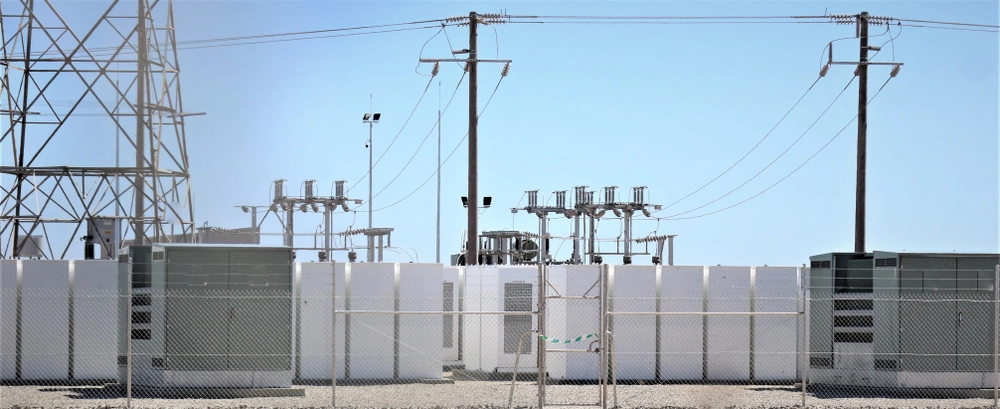
Third party agreements in construction projects: a “catch-all” clause or express flow-down?

It is common in construction projects for the developer/client/employer (the "Client") entity to enter into agreements with third parties including a funder, a landlord, a tenant, a purchaser, a local authority and for such agreements to directly impact the works. Therefore, for the Client to sufficiently pass on risks that are, in practical terms, within the control and/or responsibility of the Contractor, the Client needs to ensure the Contractor is obliged to comply with those third-party agreements ("TPAs").
This article, therefore, explores how to ensure the Contractor is bound by those TPAs. There are two main methods of achieving this. The first is to have a "catch-all" clause in the building contract which refers to the fact the Contract must comply with any TPAs entered into by the Client. The second is to expressly flow-down all relevant provisions as individual clauses into the building contract. There are pros and cons to both methods which we shall explore below.
Whilst this article considers the interaction between a TPA and a main building contract, it should be noted that the same principles apply into appointments and sub-contracts etc. across the supply chain.
"Catch-all" clauses
These clauses are often included in building contracts and consultant appointments and can provide a safety net, particularly when TPAs are not envisaged at the beginning of a project and later become applicable. If no such TPAs materialise, the clause simply doesn’t bite.
However, there are a few drafting points to consider:
Does the client have to provide copies of the relevant TPAs to the Contractor?
Contractors will often request copies of TPAs on the basis they should not be bound by (and in fact cannot programme or price for) obligations they are not aware of. However, this can be difficult if the relevant TPAs are not yet completed and, therefore, not ready for issuing to the Contractor. The compromise is often for the Contractor to be entitled to extensions of time (and sometimes money) as a result of the Employer issuing TPAs after the Contract is entered into. In order for the Client to minimise the risk of this and for the Contractor to be able to price and programme as accurately as possible from the outset, the parties should seek to append finalised copies of such TPAs to the building contract where possible. This is particularly important if the corresponding TPAs contain completion date and longstop obligations. The Client should also ensure any subsequent TPAs are issued to the Contractor as soon as they become available.
Is there an indemnity provision?
If the Contractor's breach of a TPA is going to expose the Client to considerable claims/losses, then the Client is likely to seek an indemnity provision so it can recover such losses as quickly and efficiently as possible.
However, the insurance market is becoming increasingly protracted, and several insurers have a blanket ban on indemnities. That said, there are ways to make the "trigger" of such an indemnity narrow enough to seek to alleviate such concerns and to ensure the Client mitigates its losses.
Do they highlight the relevant obligations sufficiently?
A real concern with "catch-all" clauses is, although they seek to cover off all relevant provisions in the TPA, if the TPA is complex and extensive, the Contractor is likely to require costly legal advice in order to ascertain which provisions are relevant to its obligations under the works. If this is not carried out, the Contractor may not, in reality, be aware of the applicable provisions and inadvertently place itself and the Client in breach. In this scenario, express flow-down may be a better approach.
Do they conflict with other clauses?
It is important to note that obligations in TPAs can conflict with obligations in the building contract if they are not cross checked. Therefore, the parties should consider a priority clause and whether to draft the "catch-all" clause as "Notwithstanding any other clause" in the building contract.
Express flow-down
Express flow-down involves cross checking the TPA against the building contract and drafting additional clauses into the building contract to cover off anything within the TPA that is relevant and not already contained within the building contract. As building contracts are often in standard form, this requires a bespoke schedule of amendments.
The issue with express flow-down is that it can be costly, lead to protracted negotiation and be heavy handed whereas the TPA is quite light touch. However, it can give both parties comfort as the Client can have certainty that the obligations it is "on the hook" for under the TPA are passed on where appropriate and the Contractor knows there are no hidden obligations coming its way.
The issue with express flow-down can be that if a key obligation within the TPA is missed, the lack of a "catch-all" clause means the Client is liable for something it cannot recover from the Contractor.
Conclusion
Overall, the key message is to ensure there is a right of recourse across all tiers of contracting for relevant obligations and synergy between the documents. Often, parties choose a hybrid model with a "catch-all" clause for good measure and a limited express flow-down of the key obligations. Whether this is appropriate depends on the content of the TPA and the relevant risks sitting on each contractual party.
If you would like to discuss any of the topics in this article further, please contact Simone Protheroe or read more about our expert construction law firm.
Get in touch



Partner
Energy & Infrastructure | Projects, Infrastructure & Construction | Real Estate

Partner
Energy & Infrastructure | Projects, Infrastructure & Construction | Real Estate


Partner
Head of Energy & Infrastructure | Projects, Infrastructure & Construction | Real Estate





















Principal Director
Energy & Infrastructure | Projects, Infrastructure & Construction | Real Estate






Managing Associate
Commercial Property and Asset Management | Corporate Real Estate | Developer














Associate
Projects, Infrastructure & Construction | Real Estate | Energy & Infrastructure






Related












